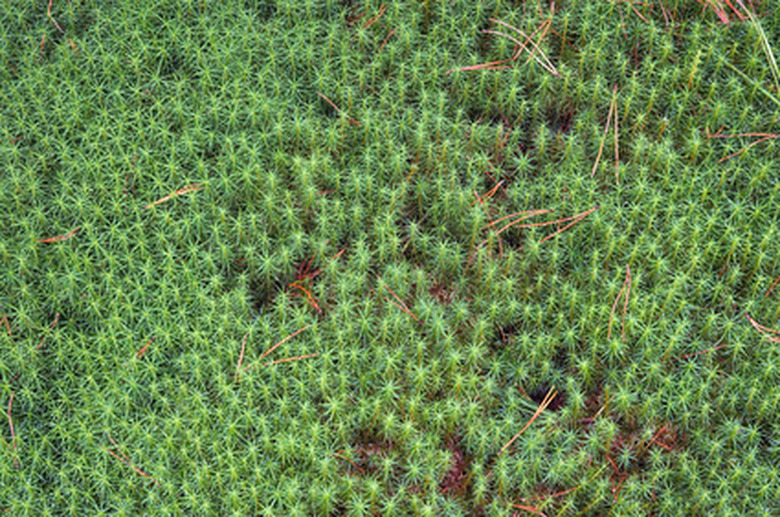How To Harvest Peat Moss
Things Needed
- Shovel
- Gardening gloves
- Harrow
- Tarp
- Dry out area
- Vacuum harvester, if needed
- Packaging
Dried peat moss has been used by some cultures as a heating fuel, and is currently mostly used for gardening to help provide more nutrients to soil and for seed germination. Harvesting peat moss in the wild can be difficult and isn't always safe, so you must have the proper equipment. Keep in mind that you must only harvest peat moss during the dry seasons where you live.
Step 1
Use a shovel to dig a ditch in a circle around the peat bog in order to drain the water near the surface.
Step 2
Use the shovel and your hands to remove any vegetation that is growing on or near the surface of the peat bog.
Step 3
Rip off the top layer of peat moss with a harrow (a type of farming equipment that is similar to a rototiller or plough) about 4 inches deep. Using a harrow consists of pushing the machinery (which you can rent from a gardening store or purchase one on your own) over the area with peat. It is a method of tilling the top surface of the ground, so it is just removing the peat, not soil and other materials as well.
- Dried peat moss has been used by some cultures as a heating fuel, and is currently mostly used for gardening to help provide more nutrients to soil and for seed germination.
- Rip off the top layer of peat moss with a harrow (a type of farming equipment that is similar to a rototiller or plough) about 4 inches deep.
Step 4
Lay this peat on a tarp, and let it dry out in the sun for two to three days, depending on the dryness in your environment. For example, the humidity in Florida may cause the peat to dry out in four days, while in Arizona it'll be one to two.
Step 5
Vacuum up the dried layer with a vacuum harvester (available at large scale gardening stores). Use this only for large areas of peat harvest, such as a 100 acres or more. Harvest by hand for smaller areas of peat. Process and package the peat moss for whatever use you want it for. It can be packaged in something as simple as ziploc bags, or with more high-tech equipment if you are selling it for a purpose.
- Lay this peat on a tarp, and let it dry out in the sun for two to three days, depending on the dryness in your environment.
Warning
Keep in mind that removing the top layers or peat bogs may affect an entire delicate ecosystem, permanently. If possible, substitute materials for your use such as mulch or organic compost.
